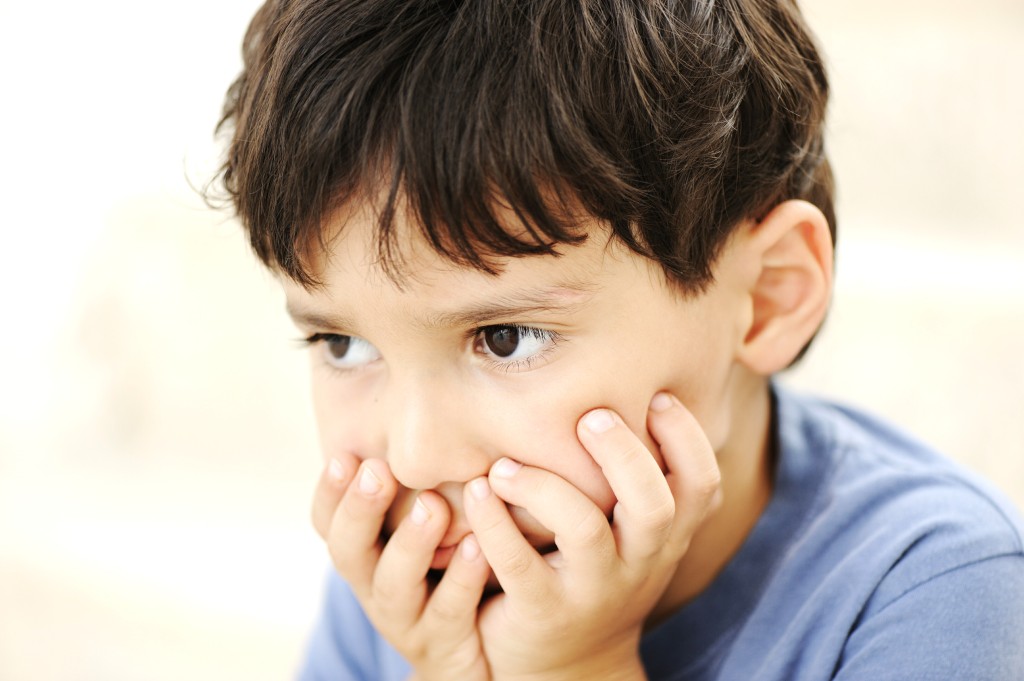Homeopathy for Autism: CEASE Therapy

For many years our Clinic has treated large numbers of children with homeopathy for autism – and there is no sign of that abating. In recent years, some parents have asked what we think about a relatively new treatment protocol – CEASE Therapy. To answer that question we’ve provided a 2013 book review about the therapy, written by our senior homeopath Fran Sheffield, for the Similia Journal of the Australian Homeopathic Association.
Autism: Beyond Despair – CEASE Therapy (2013 Book Review)
By Tinus Smits M.D.
Publisher: Emryss, Netherlands. ISBN: 9789076189284
Review by Fran Sheffield, Homeopath (MHlthScEd, MAHA, AROHReg)
Autism – Beyond Despair, written for homœopaths and non-homœopaths alike, gives an isopathic approach to the treatment of autism. The approach is named CEASE Therapy, CEASE being an acronym for Complete Elimination of Autistic Spectrum Expression. The book, first published in 2010, carries a disclaimer that it is only a general introduction to the therapy.
The author, Tinus Smits, states that the roots of autism can be found in: toxic factors in parents before conception; toxic factors during pregnancy; or stress and toxic factors after birth, and that the removal of the energetic imprints left by these factors will remove the autism. He proposes this should be done by sequential isopathic treatment and illustrates this approach with clinical cases and parental testimonials. He also provides a brief overview of:
- some bio-medical (orthomolecular) interventions
- the use of nosodes for ‘never been well since’ sequelae.
- research claiming that vaccines do not cause autism
While the book is easy to read and has inspirational stories of children and adults on the path to recovery, I find it has some areas of concern and weakness.
Isopathy, not Homœopathy
The main weakness is that the book claims to be about the homœopathic treatment of autism when in truth, isopathy is its main focus. While the well-trained homœopath should have no trouble in recognising this inconsistency, those less familiar with homœopathy are likely to be confused especially as the book’s cover states ‘Homeopathy has the answers’. The book has been written for a general readership that includes parents and other therapists looking for ways to treat autism, so it is easy to foresee that people will be misled into thinking they are providing or receiving true homœopathic treatment rather than the combined bio-medical-isopathic approach that is the core of this book. This serious concern is compounded by the author’s dismissiveness of what he believes to be classical homœopathy, a term with different meanings to different people depending on the approach to practice. A significant problem with the isopathic approach is that of finding the causative factors without omitting any of them. As Smits acknowledges in some of his cases, what first appears to be simple can be difficult, exhausting and often impossible. In light of this, surely symptom totality and symptom similarity still provide the much easier, more reliable and faster treatment method?
Aggravations
The next concern, again because other therapists and parents unskilled in homœopathy will reference this book, is that it displays little or no awareness of the best-practice principles of using potentized substances. Rather than being avoided, aggravations are commonplace and even encouraged throughout case examples. The patient’s response to the remedy is not taken into account nor are subsequent doses adjusted to suit their sensitivity. In one notable example, the author advises that an aggravation of a high fever, bloody diarrhoea and very dark cloudy urine should be celebrated as an ‘enormous reactivation of vital energy and a fantastic process of detoxification and healing.’ This instruction is far removed from the ‘rapid, gentle, and permanent’ ideal of cure to which we are taught to aspire. That homœopaths and others are encouraged to rejoice at such severe aggravations in dependent children who may not be able to express their distress, and without any investigation to rule out underlying pathology, is concerning and potentially harmful.
Lack of evaluation
Another concern for homœopaths is that while all would wish to treat autism well, the book advises a number of ill-founded practices without providing evidence as to why they should be used. For example:
Potentised antibiotics, given in complexes rather than one at a time, for those exposed to antibiotics. We are, however, still unsure if the effects in combination will be the same as singular effects, and there is evidence (from a small Australian study plus personal experience) to show that they may not.
Smits has combined isopathy and bio-medical interventions in the treated cases he presents. No effort has gone into sorting out which improvements result from the bio-medical interventions and which are the results of the isopathic treatment. As many bio-medical proponents report similar improvements with their approaches alone, this makes it hard to attribute all improvements to the isopathy and so is a serious oversight.
Little consideration has been given as to whether the improvements seen in some children following isopathic treatment were really because the potentized substance was in actual fact homœopathic to their needs and so not isopathic at all. For example, – a proving of the potentized DTP vaccine has produced symptoms very similar to those of autism and so may account for improvements seen in children when this remedy was given. Is it possible that symptom-similarity, the bedrock of homœopathic treatment, is also responsible for several other improvements that Smits and associates report from their “isopathic” prescribing? We don’t know because provings have not been done.
Causation above susceptibility
A final concern is that the book is focussed on causation and pays little attention to susceptibility. While causation is important, it would seem with autism that susceptibility is even more so as not all children are harmed equally, or even at all, by similar environmental and toxic exposures. Treatment that focuses on the offending substance can only go part way to fully restoring the health of those affected by it.
Positives
Smits’ book has been reviewed from the perspective of a homœopath and though most comments have been of a critical nature it would be wrong to assume there is no merit in his book. Smits, importantly draws our attention to the role of chemical medicines and environmental toxins in pathology and symptom syndromes such as those of autism. He highlights the need to remove obstacles to cure if treatment is to be successful and, prolonged aggravations aside, showcases the benefits of using potentised substances for the safe treatment of symptoms, something that is not possible with chemically-based medicines. While Smits is no longer with us to engage in the debate he started, he has certainly left a prescriptive legacy for us to consider, investigate and evaluate further.




